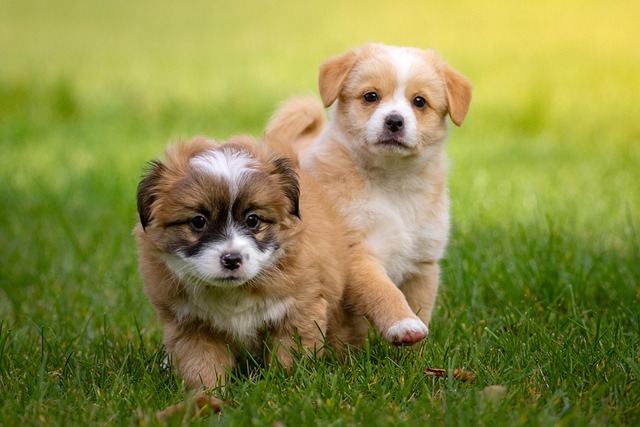
What foods help dogs stop shedding?
Many dog owners notice clumps of fur on couches or clothes and wonder how to ease the mess—diet often plays a bigger role than you might think.
If you’ve ever watched your dog circle, sniff, and pause before finally doing their business, you might have wondered what’s going through their head. It turns out, their choice of spot isn’t random—there’s a mix of instinct, comfort, and even environmental clues guiding them. Dogs rely heavily on their sense of smell; they’re drawn to areas with familiar scents from other dogs or places they’ve used before, as it feels safe and “right” to their natural instincts. They also tend to avoid spots that feel unstable, like wet grass that soaks their paws or rocky ground that’s hard to balance on—comfort matters just as much as familiarity.
Another big factor is their need to communicate. In the wild, dogs use their waste to leave messages for other animals—like marking territory or sharing that they’ve been there. Even domestic dogs keep this habit, so they might pick a spot that’s visible, like a tree base or the edge of a yard, instead of hidden corners. This is why you’ll often see them checking out the same few spots on walks; they’re going back to areas where their “messages” can be easily noticed by other dogs in the neighborhood.
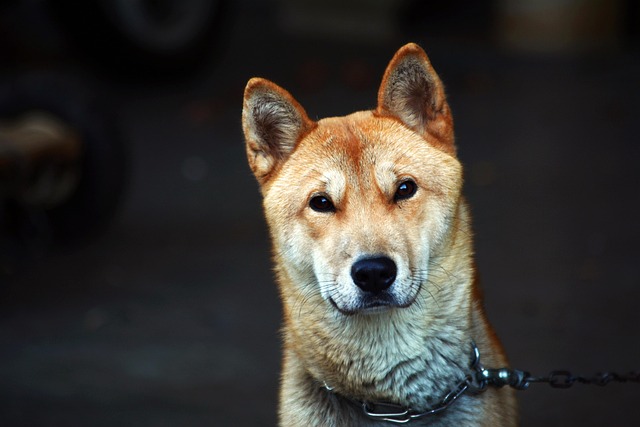 It’s important to remember that while your dog is following their instincts, you need to follow local rules too. Many areas require picking up after your dog right away—leaving waste behind isn’t just rude, it can lead to fines or even community complaints. Some parks or residential areas also have designated spots for dogs to go, so keeping an eye out for signs helps you stay compliant. Plus, cleaning up keeps public spaces safe and clean for everyone, including other dogs and kids who might play there.
It’s important to remember that while your dog is following their instincts, you need to follow local rules too. Many areas require picking up after your dog right away—leaving waste behind isn’t just rude, it can lead to fines or even community complaints. Some parks or residential areas also have designated spots for dogs to go, so keeping an eye out for signs helps you stay compliant. Plus, cleaning up keeps public spaces safe and clean for everyone, including other dogs and kids who might play there.
You can also help guide your dog toward good spots at home or on walks. If you have a backyard, try keeping a small, consistent area for them—maybe with mulch or grass that’s easy to clean—and praise them when they use it. On walks, stick to paths where you can easily access waste bags, and avoid areas where dogs aren’t allowed, like schoolyards or flower beds. Over time, your dog will learn which spots are okay, making your routine smoother and more stress-free for both of you.
Watching your dog choose their spot is a little window into their natural world—their sniffing and circling aren’t just habits, they’re part of how they understand their environment. By respecting their instincts while staying mindful of local rules, you can make every potty break a positive experience. Whether it’s a quick stop on your morning walk or a trip to the backyard, remembering that their choice matters helps you build a stronger bond, one small (and responsible) moment at a time.

Many dog owners notice clumps of fur on couches or clothes and wonder how to ease the mess—diet often plays a bigger role than you might think.
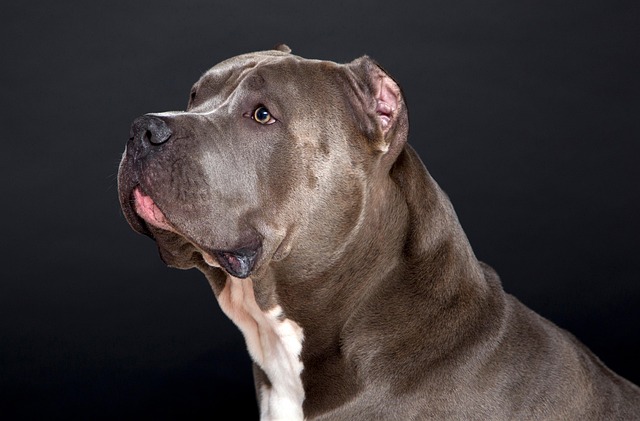
Many dog owners have stared at that one patch of grass in the backyard where their pup keeps returning to do their business, and vinegar often pops up as a go-to solution.
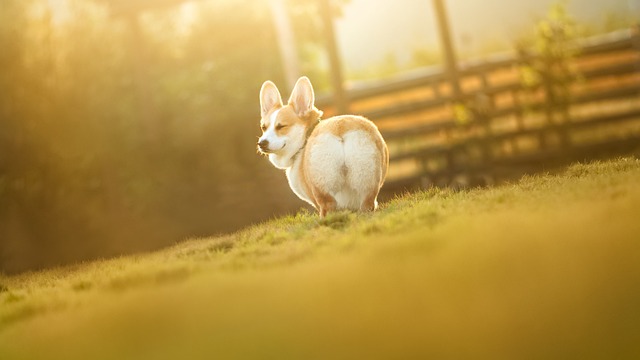
That moment you run your hand over your dog's back and feel dry, flaky skin or notice their coat has lost its shine is your cue that their diet might need a closer look.

You’ve probably stood in your backyard, watching your pup sniff every patch of grass like it’s on a top-secret mission, only to finally go in the one spot you just cleaned.
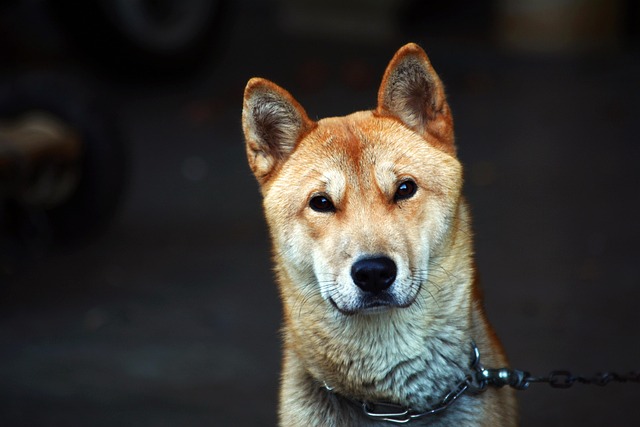
If you’ve ever watched your dog circle, sniff, and pause before finally doing their business, you might have wondered what’s going through their head.
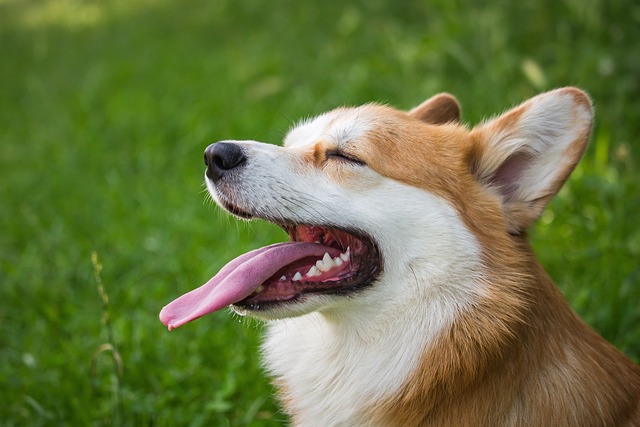
Seeing your dog constantly scratch or noticing dry, flaky skin can make you wonder if a simple vitamin might be the solution.